Choosing decorative rocks for your landscape can be a delightful experience, especially when you realize how much color and texture they can add. With a variety of decorative rock colors available, it can be overwhelming to decide which ones fit best with your outdoor aesthetics. In this comprehensive guide, we will explore various decorative rock colors, their benefits, and how to effectively incorporate them into your landscape design.
Understanding Decorative Rocks
What Are Decorative Rocks?
Decorative rocks, also known as landscape stones, are stones used primarily for aesthetic purposes in garden and landscape design. Unlike traditional gravel or mulch, which serve specific functional roles, decorative rocks make a statement and enhance the overall appeal of your outdoor spaces.
Types of Decorative Rocks
There are many types of decorative rocks, each differing in color, size, and shape. Here’s a brief overview of the common types:
- River Rock
- Slate
- Pebbles
- Granite
- Lava Rock
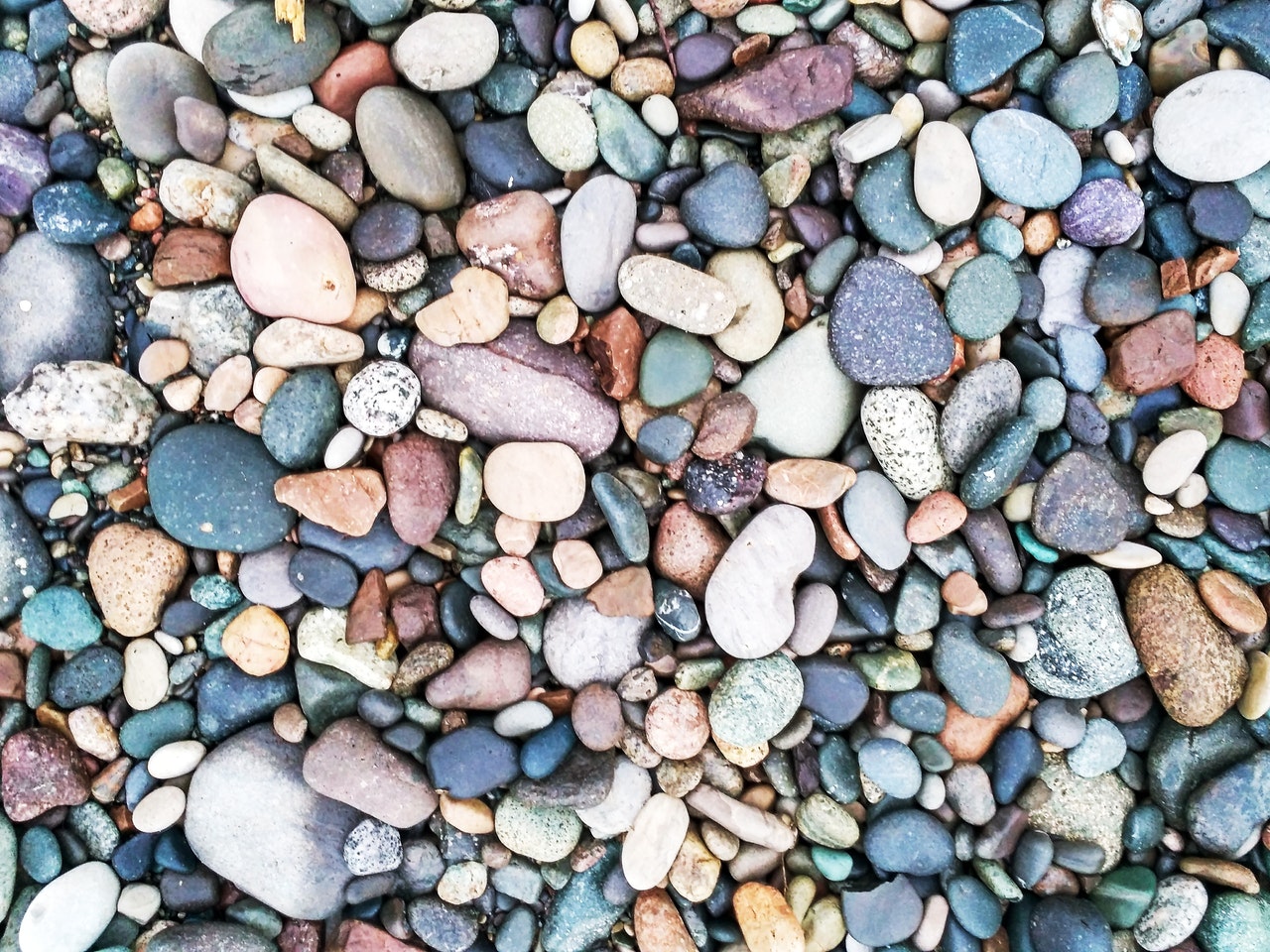
Popular Decorative Rock Colors
When it comes to choosing colors, there are several popular options that stand out. Below, we’ll explore some of these colors and their characteristics:
1. Grey Decorative Rocks
Grey rocks, such as granite and slate, offer a sophisticated and neutral backdrop in any garden setting. They can highlight the colors of plants and flowers, making them a versatile choice.
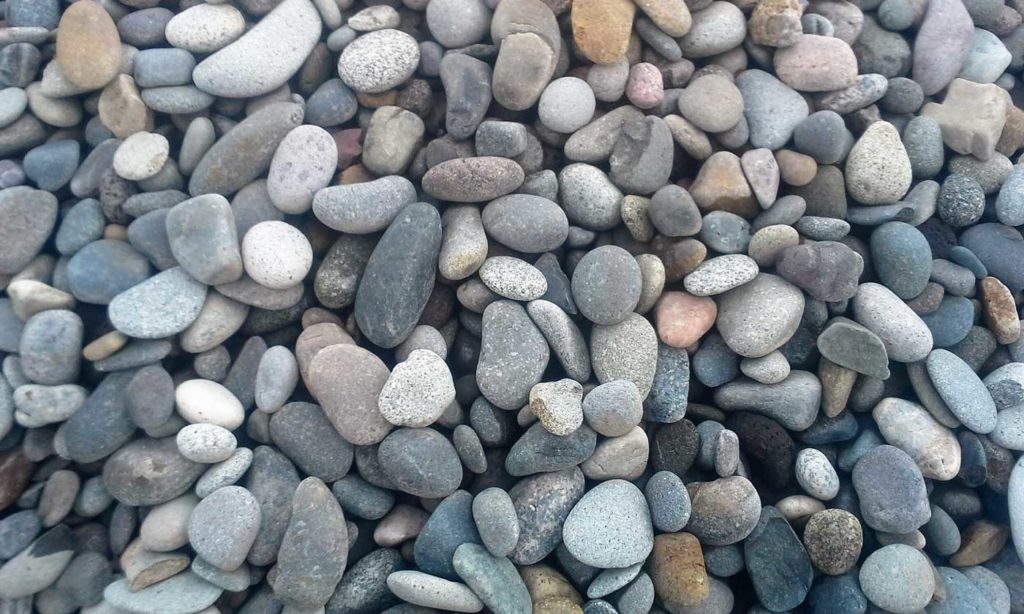
Pros and Cons of Grey Rocks
| Pros | Cons |
|---|---|
| Neutral color complements any design. | Can appear dull if not paired with colorful plants. |
| Durable and long-lasting. | May show dirt and debris more easily. |
2. Multicolor Decorative Rocks
Multicolor stones, like mixed river rock, bring a lively appearance to your landscape. They’re great for adding interest and can create a stunning visual effect.

Pros and Cons of Multicolor Rocks
| Pros | Cons |
|---|---|
| Great for creating visual interest. | Can clash with certain plant colors. |
| Good for concealing dirt and debris. | May detract from the overall theme if overused. |
3. Black Decorative Rocks
Black rocks, such as lava rock, are striking and modern. They can give your landscape a bold look and work especially well in contemporary designs.
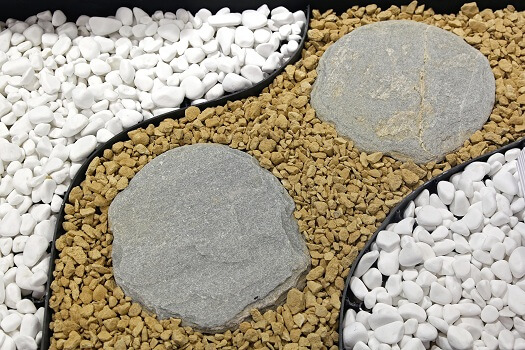
Pros and Cons of Black Rocks
| Pros | Cons |
|---|---|
| Bold and dramatic appearance. | Can absorb heat, raising soil temperature. |
| Great for eco-friendly landscaping. | May be too stark in softer garden designs. |
Choosing the Right Decorative Rock Color for Your Landscape
Choosing the right decorative rock color is crucial for creating the intended effect in your outdoor space. Here are some tips based on my personal experience:
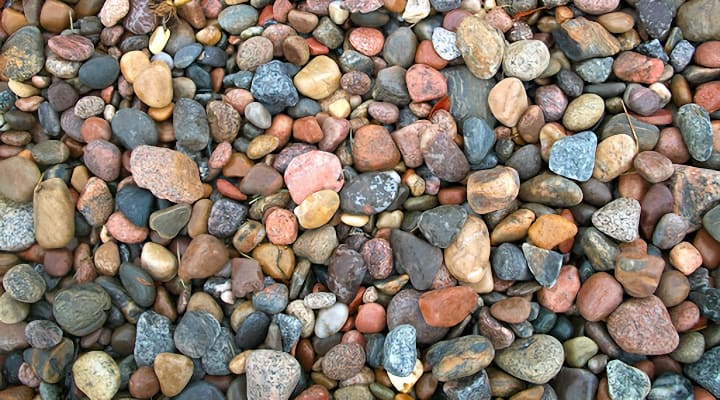
1. Consider Your Landscape Theme
Your landscape theme will significantly influence your choice. For instance, if you are going for a Mediterranean look, warm colors like terracotta or earthy browns may be more suitable.
2. Think About Plant Colors
If you have vibrant flowers or lush green plants, consider using neutral or contrasting rock colors to ensure that your plants stand out.

3. Assess Surrounding Features
Take a good look at the other elements of your garden. If you have wooden fences or decks, earthy colors may work best, while modern materials may pair well with sleek black or white stones.
Color Combinations and Pairing Ideas
Creating an appealing landscape often relies on color combinations. Here are some combinations that work beautifully:
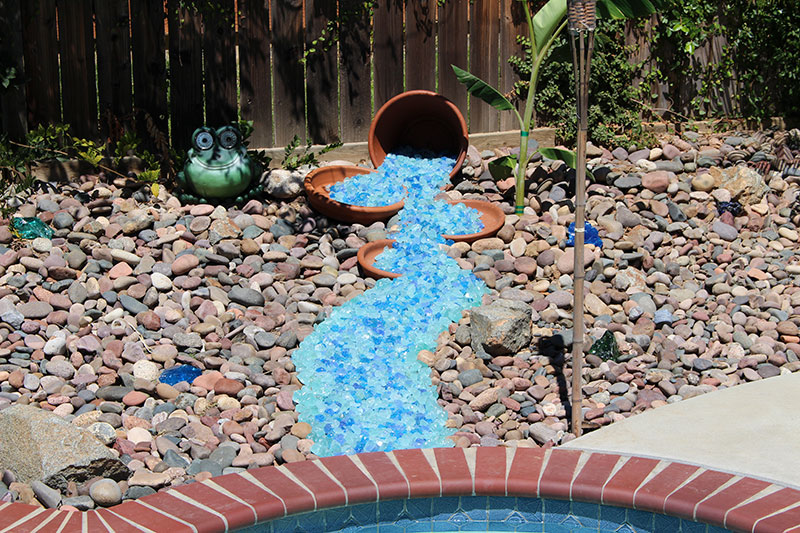
1. Grey and White
The combination of grey stones with white pebbles creates a clean, minimalist look that feels serene and inviting.
2. Black and Bright Colors
Pairing black rocks with brightly colored flowers or shrubs can create a dramatic yet elegant display that draws the eye.
3. Earthy Tones and Greenery
Using earthy colored rocks alongside vibrant green plants evokes a natural, organic feel that feels grounded and calming.
Installation Tips for Decorative Rocks
Once you’ve chosen your decorative rocks, it’s time to install them. Here are some handy tips based on my experiences:
1. Prepare the Area
Begin by clearing the area of any weeds and debris. Consider using landscaping fabric to prevent weeds from growing through your rocks.
2. Create a Border
Defining the edges of your rock area with a border can help create a neat and organized appearance. Use wood, metal, or stone as borders.
3. Distribute Evenly
When placing the rocks, distribute them evenly for a balanced look while ensuring that the rocks aren’t piled too high; a depth of 2-3 inches is ideal.
Maintenance of Decorative Rocks
Unlike plants, decorative rocks require minimal maintenance. However, they aren’t completely maintenance-free. Here are some tips:
1. Rinsing Off Debris
Occasionally rinse your decorative rocks to remove dirt, dust, and debris that can accumulate over time.
2. Weeding
While landscaping fabric can help reduce weeds, some may still pop up. Regularly check and remove any weeds that appear.
3. Replenishing Rocks
Over time, some stones may shift or become buried. It’s a good idea to occasionally replenish the rocks to maintain an even appearance.
Conclusion
Decorative rock colors can transform your outdoor spaces, enhancing beauty and function. With so many options available, the key is to consider your landscape design, existing elements, and personal preferences. By thoughtfully selecting and placing decorative rocks, you can create a stunning garden that reflects your style and enhances your home’s curb appeal.
FAQs about Decorative Rock Colors
What are the best colors for decorative rocks?
The best colors depend on your landscape style. Grey, black, and earthy tones are versatile, while bright multicolor stones can add vibrancy.
How can I choose the right decorative rock for my garden?
Consider your garden’s color palette, the style of your home, and how the stones will complement your plants.
Can decorative rocks help with drainage?
Yes! Decorative rocks can facilitate drainage in your garden, especially when used in conjunction with proper landscaping techniques.
Are decorative rocks easy to maintain?
Yes, they require minimal maintenance compared to traditional landscaping materials, merely needing occasional cleaning and weeding.
How do I install decorative rocks?
Clear the area, lay down landscaping fabric, create a border, and spread the rocks evenly for the best results.